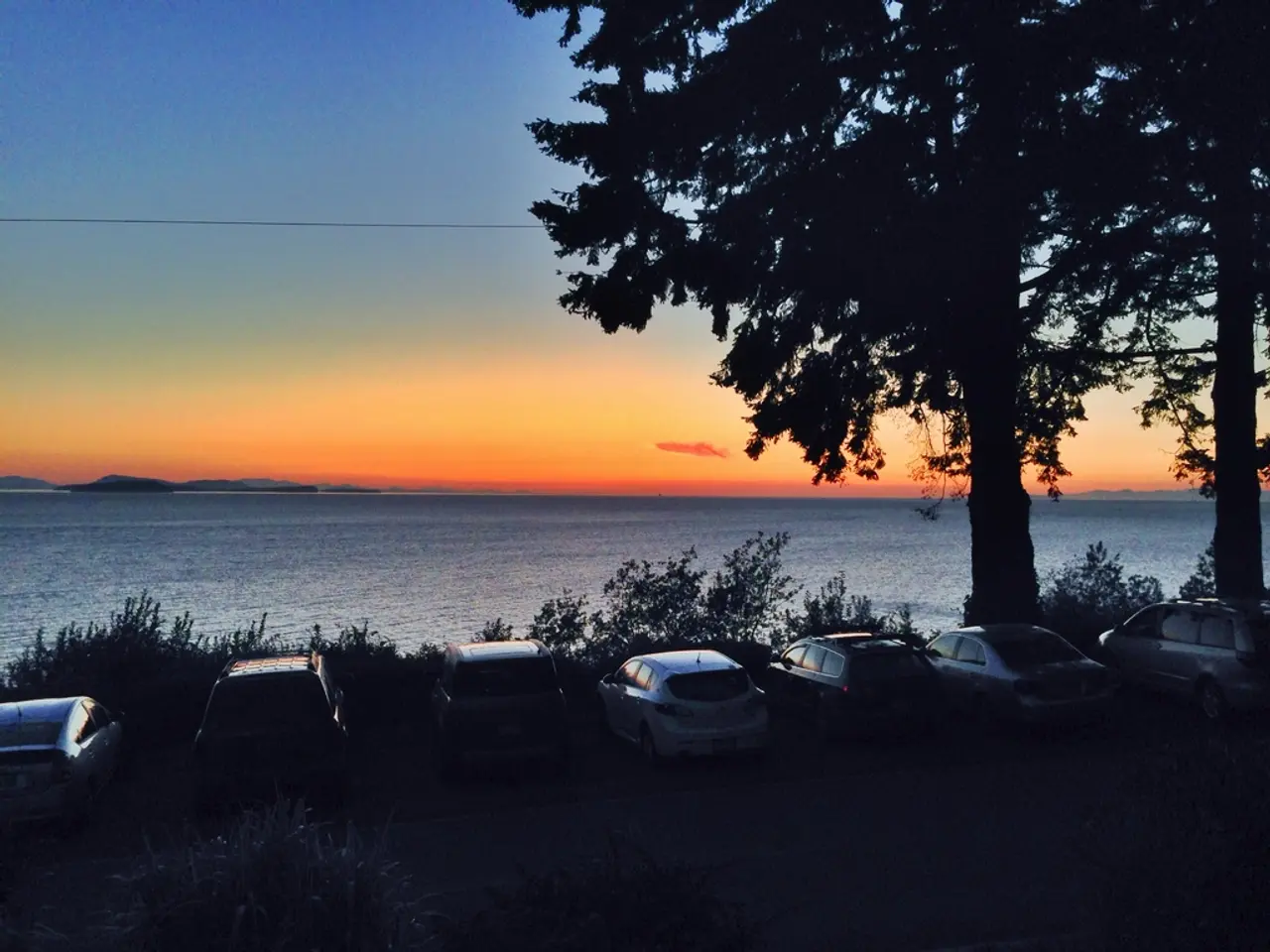Consuming sea urchins can contribute to Californian kelp forest restoration.
The Mendocino Coast Purple Urchin Festival, held annually at the HarborView Events & Meeting Center in Fort Bragg, California, brings together chefs, scientists, marine biologists, and visitors to celebrate the humble purple sea urchin.
Located right by Noyo Harbor, the venue offers a stunning view of the water and serves as the hub of the Urchin Festival.
- Eating purple sea urchins is part of a local conservation effort in the region. The festival aims to educate people about the issues beneath the waves and aid the ecosystem by promoting the consumption of purple urchins.
- In recent years, scientists have found 60 times more kelp-munching purple sea urchins than normal. These urchins contribute to the destruction of kelp forests, a key component of the coastal ecosystem.
- California government entities, communities, and nonprofit organizations have partnered to collect nearly 50,000 pounds of purple urchins. This collaboration is a significant step towards restoring the balance in the coastal ecosystem.
The festival features cooking demonstrations, educational events, and urchin-focused restaurant specials. Chefs at the Harbor House Inn, Little River Inn, and Izakaya Gama use purple sea urchins in their dishes when available, but they're difficult to source due to a lack of an established method of harvesting them for restaurants.
- The Nature Conservancy, UCLA, UC Santa Barbara, and Woods Hole Oceanographic Institution have partnered to make data on changes in the kelp canopy available to scientists and volunteers through a site called Kelpwatch. This initiative provides valuable insights into the health of the kelp forests and the factors affecting their recovery.
- Another program at the Noyo Center for Marine Science gathers volunteers in search of juvenile sunflower sea stars. These sea stars keep urchin populations in check, but sea star wasting syndrome has decimated their numbers.
- Visitors can join occasional beach cleanups at the Noyo Center for Marine Science. These cleanups help remove debris and promote a cleaner, healthier environment for marine life.
The festival also offers educational opportunities, such as a geodesic dome with videos of kelp forests and urchin barrens, a walk-through art installation of a kelp forest, and an interactive component for kids to build a coastal ecosystem model using magnets.
Sheila Semans, executive director of the Noyo Center for Marine Science, aims to have everyone in town try purple urchin for the environment. Visitors can help by learning about the coastal environment, volunteering with local beach cleanup efforts, and dining on sea urchins wherever they're available.
Marine heatwaves, climate change, and El Niño have contributed to the rapid degradation of Mendocino County's coastal ecosystem. Despite a slight increase in kelp since 2020, the ocean is not close to being back to a completely healthy and restored ecosystem. However, efforts like the Mendocino Coast Purple Urchin Festival are a step in the right direction towards restoring and preserving this vital ecosystem.
Read also:
- Understanding Hemorrhagic Gastroenteritis: Key Facts
- Stopping Osteoporosis Treatment: Timeline Considerations
- Tobacco industry's suggested changes on a legislative modification are disregarded by health journalists
- Expanded Community Health Involvement by CK Birla Hospitals, Jaipur, Maintained Through Consistent Outreach Programs Across Rajasthan








